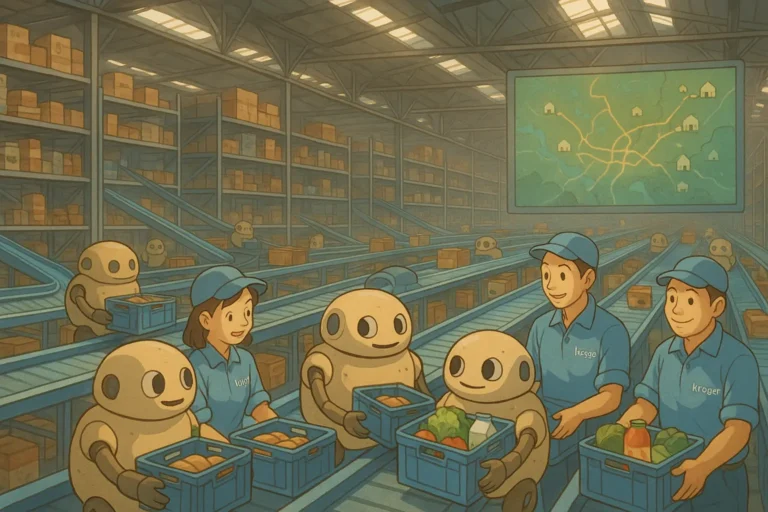
At the peak of World War II, it was clear the Coca-Cola brand was facing two major problems.
The economy was struggling. And America had just been forced into a war they had spent the better part of 1941 avoiding. Coca-Cola’s supply chain was about to face unprecedented challenges. Yet the company’s ability to adapt and innovate in the face of adversity was about to set the stage for the brand’s future success. And one of the biggest supply chain feats.
Battling Sugar Shortage in The Supply Chain
As the war efforts began, Coca-Cola’s then-CEO, Robert Woodruff, knew that the company needed to find a way to continue supplying its products to soldiers and civilians around the world.
But the Government wasn’t helping matters. They had cut off trade with Cuba, a major supplier of sugar to the company. anyone that has drank a coca cola knows that sugar is a big part of the iconic recipe. Cutting off trade with Cuba meant the little sugar left in the country was being rationed.
As you can imagine, Coca-Cola wasn’t a priority.
The company knew something had to change, so it explored working with the US government to establish bottling plants near military bases. This will go on to lead to the creation of portable bottling plants that could be transported to the frontlines. These efforts were going to test the company’s supply chain. But it ensured that soldiers could enjoy the taste of Coca-Cola, no matter where they were stationed.
Robert Woodruff’s promise that “all soldiers will get a bottle of Coca-Cola for 5 cents no matter the cost to the company” was also intriguing.
Cost to Coca-Cola’s Supply Chain?
Contrary to fears that the promise would cost the company significantly, it did quite the opposite.
Coca-Cola’s support for the troops during the war proved to be a great marketing strategy. It endeared the company to the millions of civilians back home and the front-line troops. It also allowed the company to enjoy preferential treatment when it came to the allocation of sugar by the Government.
However, transportation was another obstacle.
With the resource allocation focusing on the war efforts, the company had to rely on military ships to help it transport its millions of bottles to America’s frontlines. But there was an issue. The military ships focused on weapons first, so there was limited space to take on many bottles. Bottles which Coca-cola needed to meet the growing demand.
To overcome this, Coca-Cola developed a concentrated syrup that could be mixed with water to create the beverage.
The makeshift or mobile bottling plants facilitated this strategy. Along with “Red Barrels”, placed on military bases worldwide, Coca-Cola was able to continue providing its products to soldiers without relying on transportation.
Lessons learned
It is clear that the supply chain innovations and adaptations Coca-Cola embraced during World War II impacted the company’s future.
The creation of the portable bottling plants and Red Barrels showed that Coca-Cola could adapt to changing circumstances. And find new ways to deliver its products to consumers. The bottling plants saw Coca-Cola introduced to new customers, which were the citizens of the countries where they were located. Coca-Cola, recognizing their impact, was able to leverage these plants to launch its brand on a global scale.
Because the company had no competition on the frontlines, it could rack up huge sales, which helped its bottom line.
Today, Coca-Cola is a global brand. Its success during World War II serves as a testament to the company’s resilience and ability to overcome adversity. The lessons learned from the war helped shape Coca-Cola’s future and cement its position as one of the world’s most iconic brands.

Obinabo Tochukwu Tabansi is a supply chain digital writer (Content writer & Ghostwriter) helping professionals and business owners across Africa learn from real-world supply chain wins and setbacks and apply proven strategies to their own operations. He also crafts social content for logistics and supply chain companies, turning their solutions and insights into engaging posts that drive visibility and trust.








